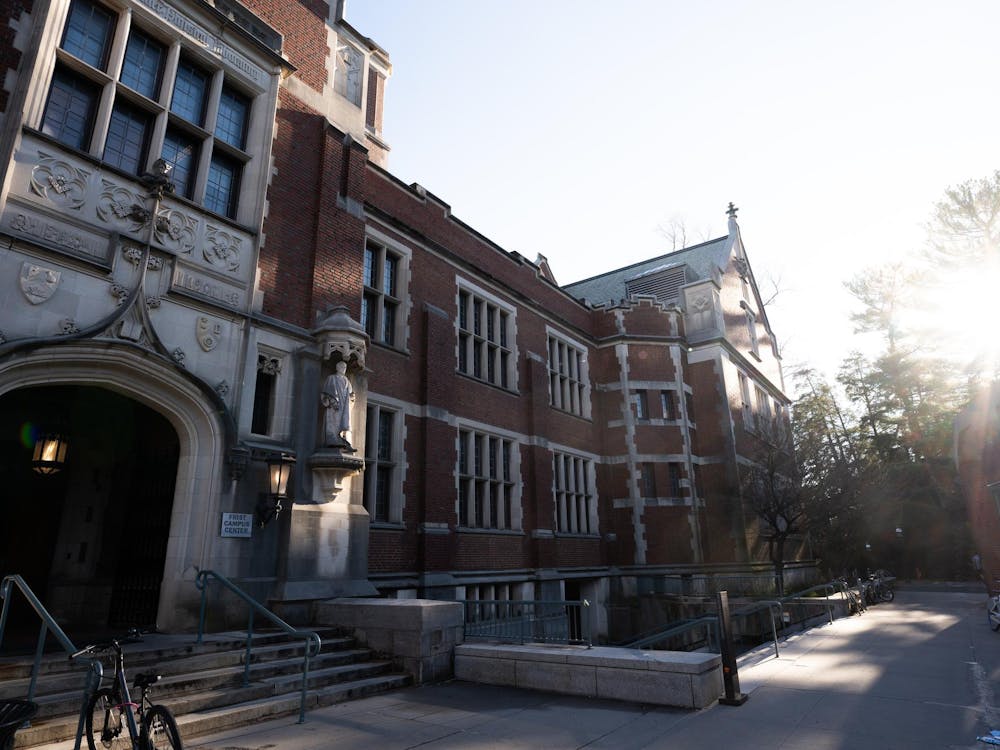Patterns of seasonal measles outbreaks can now be monitored using composite satellite nighttime imagery that capture changing nighttime-light brightness, according to a team led by University postdoctoral researcher Nita Bharti.
Bharti used images from the U.S. Department of Defense to correlate the seasonally dynamic brightness of lights with outbreaks of density-dependent diseases. Bharti works in the lab of co-author Bryan Grenfell, a professor in the Department of Ecology and Evolutionary Biology as well as in the Wilson School.
The research question started with a paper published in 2008 in which Bharti’s research group saw strong seasonality in measles outbreaks in Niger.
“We really needed to be able to understand why these outbreaks were so seasonal if we were ever going to be able to understand how to control them,” Bharti said.
The outbreaks of measles are driven by an increase in host density. Because measles is a strongly immunizing disease, it is self-limiting in closed populations. In these stable environments, there is one outbreak, and the population recovers immediately after. However, countries with very high birth rates and a high rate of seasonal migration experience oscillating epidemic dynamics because there is a new sector of people susceptible to the disease. The group aimed to get definitive proof of a changing population that would correlate with the records of measles cases of Niger’s Ministry of Health.
“Although it’s sort of a popular opinion that, in fact, the population size and density of cities do increase during the dry season, it’s never been quantified,” Bharti said.
Other methods of measuring population density, such as surveys, census data and ethnographic research, do not provide the reliability and frequency that nighttime images can, according to Bharti.
“The one thing we really like about satellite images is [that] they’re not going to accidentally give you the wrong information [from participant responses],” Bharti said.
These satellite images also provide an increased temporal resolution. These pictures were taken every night and then turned into seasonal composite images, a process that allowed researchers to see changes within a short amount of time. Annual surveys and censuses conducted every 10 years prevented any seasonal variation in the data collected.
“This work falls under a larger research objective of quantifying human movement patterns for epidemiological applications,” Andrew Tatem said in an email. Tatem, a geography professor at the University of Florida, was the second author of the report.
The recent findings will contribute to a project that Tatem is involved with titled “The Human Mobility Mapping Project,” which aims to understand human movement patterns in low-income settings using a range of spatial datasets. Nighttime images will allow the researchers to quantify seasonal movements in human populations.
Vaccination campaigns can be readjusted based on the projected changes in populations by focusing on areas that are undergoing brightness changes at a particular time of the year.

“Even within a city there are differences in some of the timing in the immigration patterns,” Bharti said. “Parts of the city brighten earlier than others.”
Bharti said that the sensitivity of the nighttime images can be improved. The brightness in cities that are too big, developed or populous make changes too difficult to register, and lights from small rural settlements are not detectable.
Additionally, Bharti said she is interested in using nighttime images in conjunction with other methods of human movement detection, such as mobile phone usage and public transportation records. Although these devices may be biased toward certain sectors of populations, when “used in complement with nighttime imagery, [they] really strengthen the results of both methods.”
While nighttime images already allow for public health planning and intervention, Tatem said he hopes the results will be applied to real-time situations.
“The next step is to speed up this process so that the images that are taken everyday and made available within 48 hours can be utilized rapidly for strategic planning,” Tatem said.
The report was published in the journal Science on Dec. 9.








